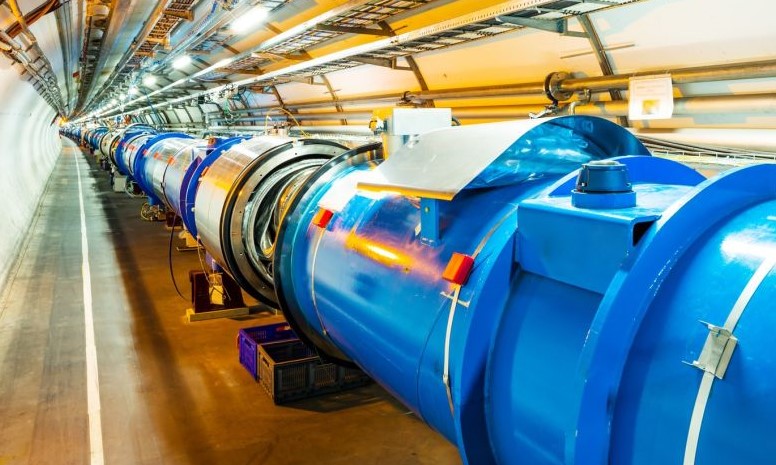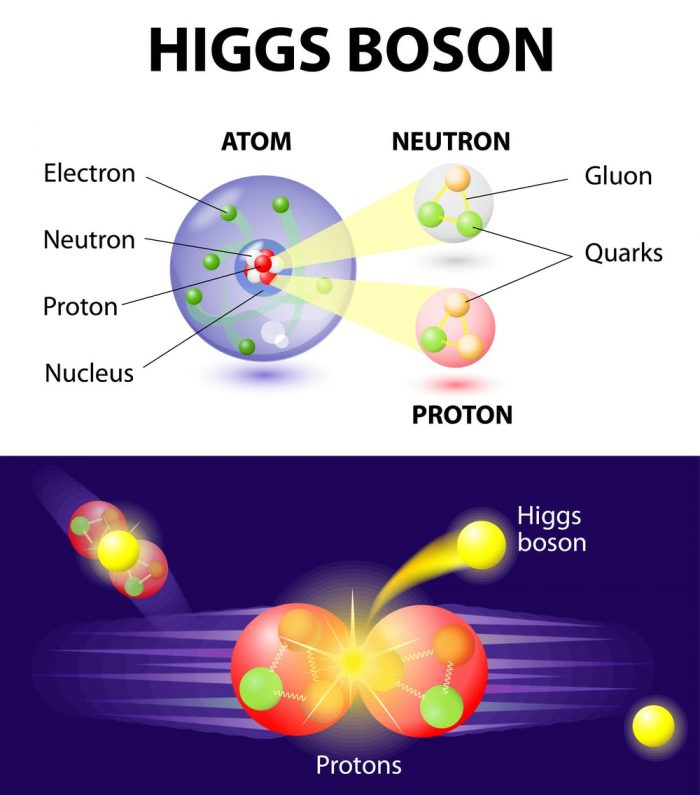7667766266
enquiry@shankarias.in
Engineers are warming up the LHC for its 3rd season of operations with upgrades, that makes it more sensitive and accurate than before.
Large - It is the world’s largest science experiment (27 km long circular pipe).
Collider - It accelerates 2 beams of particles in opposite directions and smashes them head on
Hadron - The particles used here are Hadrons


The Standard Model of particle physics is the theory describing 3 of the 4 known fundamental forces in the universe (excludes gravitational forces) and classifying all known elementary particles.
Fundamental forces
Quick facts
|
The European Organization for Nuclear Research (CERN) |
|
|
Forward Search Experiment (FASER) Experiment |
|
References